Grumman F7F-3 Tigercat
Production Time 9 to 10 weeks
Shipment is by FedEx, UPS or DHL International Express Courier with a normal door-to-door delivery time worldwide of within 2-3 business days after dispatch. Due to the current volatility of world fuel prices, the amount mentioned here is our best estimate for DHL and UPS and may be subject to change at the time of shipping.

Model Description: Grumman F7F-3 Tigercat Wood Replica Scale Custom Model Aircraft
Manufacturer: Grumman
Wingspan: 17 Inches (43.2 Centimeters)
Height: 5.5 Inches (14 Centimeters)
Scale: 1:36
Registration: N7235C
$239.50
Production Time 9 to 10 weeks
-
United States dollar ($)
-
Pound sterling (£)
-
Euro (€)
-
Australian dollar ($)
-
Canadian dollar ($)
-
Singapore dollar ($)
-
Swiss franc (CHF)
-
Japanese yen (¥)
-
Danish krone (kr.)
-
Hong Kong dollar ($)
-
Norwegian krone (kr)
-
Swedish krona (kr)
-
United Arab Emirates dirham (د.إ)
General Product Description
Our PlaneArts Grumman F7F-3 Tigercat model exhibits unique, unrivaled quality and detailed design to come as close as possible to the accuracy of the actual plane. It comes as standard with a robust, durable base or stand which is available in a variety of different finishes designed to match your own personal requirements including solid wood, wood with polished metal supports or adjustable wood wall mount and will be ready within about 9-10 weeks from placement of order.
The Grumman F7F-3 Tigercat model is made of the finest kiln dried renewable mahogany wood (commonly known as Lauan or Meranti) which has undergone many stages of carving and meticulous and careful sanding giving the beautiful, finished museum quality masterpiece. Many collectors and model connoisseurs demonstrate their preference for genuine handmade and hand painted mahogany wood models rather than plastic or die cast (diecast) alternatives due to the overall look and totally different feel of the item - we trust you will find the same. We can however, if required produce the same model in Solid Cast Resin so just click and contact us for further information. Our craftsmen and gifted artisans ensure that our finely handcrafted model airplanes match the precise blueprint details of the original aircraft. The paint scheme, markings and parts are closely matched, reflecting the original aircraft. This stylish top-quality desktop replica model will surely enthrall anyone who receives this as a gift and for sure one of the most appropriate and desirably collectable gifts for any military aviation enthusiast and avid aircraft collector whilst also displaying a perfect resemblance to the actual real life version.
There are many types of military propeller aircraft, but the basic types are bombers, fighters, fighter bombers, spotter planes, transporters, patrol aircraft, trainers, and reconnaissance and observation aircraft. All these types of aircraft are used for different types of missions. If you're a fan of historic or present-day military aviation, our model aircraft will bring the excitement and character of these aircraft right into your own home. You can order a wood airplane model of a North American B-25 Mitchell Bomber, a B17 - Flying Fortress, or a P-51 Mustang Nervous Energy V not forgetting the Bf 109, Spitfire, FW 190, A6M Zero, P-38 and F4U. These classic, propeller airplane models are of the highest quality. Each is individually crafted by our expert craftsmen. They produce handmade scale mahogany airplane models of the finest aircraft from World War I and II to present day biplanes and triplanes.
If you require, we can also make the Grumman F7F-3 Tigercat model in any other military, government or even private livery or colour scheme you require and if necessary, in a different size or scale. Just click here to contact us with a description or photographs of what you require, and we will let you have a quotation for the necessary customization by return email. We can also make bespoke scale replicas of any other private / civil commercial airliner or airliners, helicopter, glider, gliders with engines, military jet, warplane jets, biplane, triplane, tail fin, spacecraft, rocket or NASA model you require in any airline, military or civilian livery or colors. We also produce model airships, blimps, dirigibles, blimps, boats, and ship collectibles. Wall plaque or seal for military, government or private customers. Again, by clicking here to contact us just let us know exactly what you need.
Unleashing the Grumman F7F-3 Tigercat: A Marvel of Mid-Century Aviation
The Grumman F7F-3 Tigercat stands as a testament to the rapid advancements in aviation technology during the mid-20th century. Originally designed during World War II, the Tigercat was one of the first twin-engine fighters employed by the United States Navy. Though it arrived too late to see action in the war, its design and capabilities set new standards for aircraft performance, versatility, and power. Here, we delve into the key features that made the F7F-3 Tigercat a remarkable aircraft in military aviation history.
Design and Development:
The F7F-3 Tigercat was developed by Grumman Aerospace, a company renowned for creating robust and effective military aircraft. The Tigercat was introduced with the intent to serve both the U.S. Navy and Marine Corps as a carrier-based aircraft. It featured a distinctive twin-engine configuration, which was a departure from the single-engine fighters commonly used at the time.
Performance and Specifications:
The Tigercat was powered by two Pratt & Whitney R-2800-34W Double Wasp engines, each capable of producing 2,100 horsepower. This powerful setup enabled the F7F-3 to reach a maximum speed of over 450 miles per hour, making it one of the fastest piston-engine fighters ever built. The aircraft had a range of approximately 1,200 miles and could climb to 20,000 feet in just under six minutes, showcasing its exceptional performance capabilities.
Armament and Versatility:
One of the most notable features of the F7F-3 was its heavy armament. The aircraft was equipped with four 20 mm cannons and four .50 caliber machine guns, providing formidable firepower. Additionally, it could carry up to 4,000 pounds of bombs or torpedoes. This armament capacity made the Tigercat highly effective in a variety of roles, including ground attack, bomber escort, and reconnaissance missions.
Operational History:
Despite its impressive capabilities, the F7F-3 Tigercat saw limited use during its service. Its introduction towards the end of World War II and the challenges associated with operating a large, twin-engine fighter from aircraft carriers meant it was primarily used by land-based units of the Marine Corps. During its operational tenure, the Tigercat excelled in night fighting and ground attack missions, particularly during the Korean War.
Legacy:
Although the F7F-3 Tigercat was retired in the early 1950s, its legacy endures in the annals of aviation history. The aircraft is remembered for its groundbreaking design and substantial contribution to the development of multi-role fighters. Today, several F7F Tigercats are preserved in museums, where they continue to be admired for their innovative design and formidable presence.
In conclusion, the Grumman F7F-3 Tigercat was more than just an aircraft; it was a symbol of the technological leaps in aviation during a transformative era. With its advanced features and powerful performance, the Tigercat not only pushed the boundaries of what was possible in aircraft design but also paved the way for future innovations in military aviation.
| Weight | 6 kg |
|---|---|
| Dimensions | 15 × 17 × 5.5 in |
Be the first to review “Grumman F7F-3 Tigercat” Cancel reply
Similar Models
Military Airplanes - Propeller
Military Airplanes - Propeller
Military Airplanes - Propeller
Military Airplanes - Propeller
Military Airplanes - Propeller
Military Airplanes - Propeller
Private & Civilian
Military Airplanes - Jet
Private & Civilian
Military Airplanes - Propeller
Private & Civilian
Private & Civilian
Private & Civilian
Private & Civilian
Private & Civilian
Private & Civilian
Private & Civilian
Private & Civilian
Private & Civilian
Private & Civilian
Private & Civilian
Private & Civilian
Private & Civilian
Military Airplanes - Propeller
Military Airplanes - Propeller
Military Airplanes - Propeller
Military Airplanes - Jet
Military Airplanes - Jet
Military Airplanes - Jet
Military Airplanes - Propeller
Private & Civilian
Private & Civilian
Transparent Cockpit Models
Private & Civilian
Private & Civilian

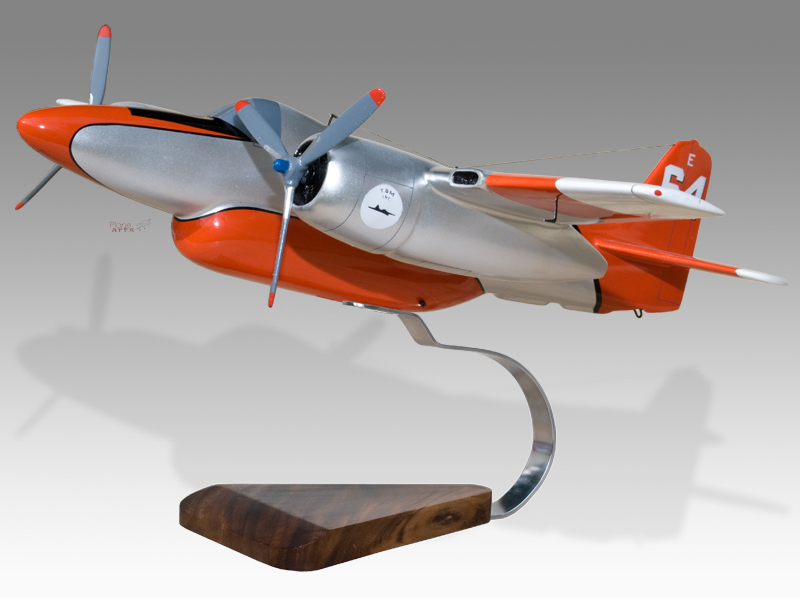
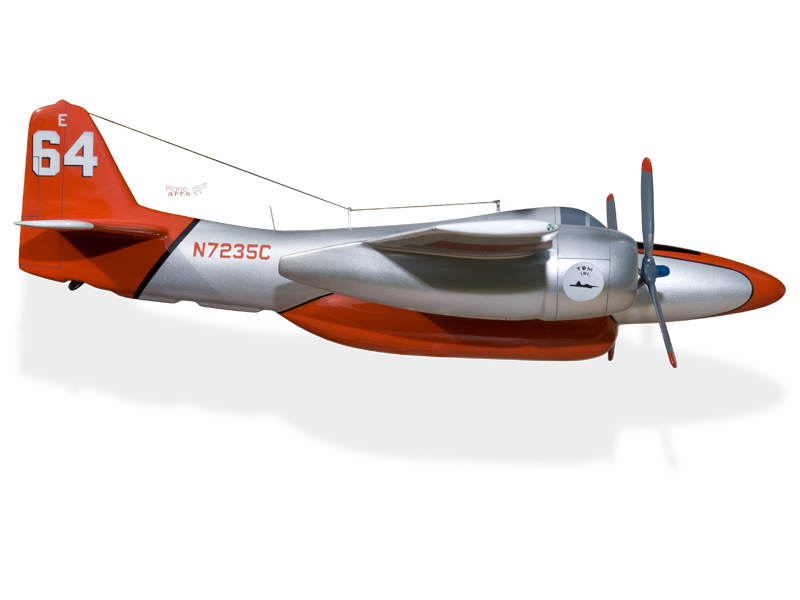

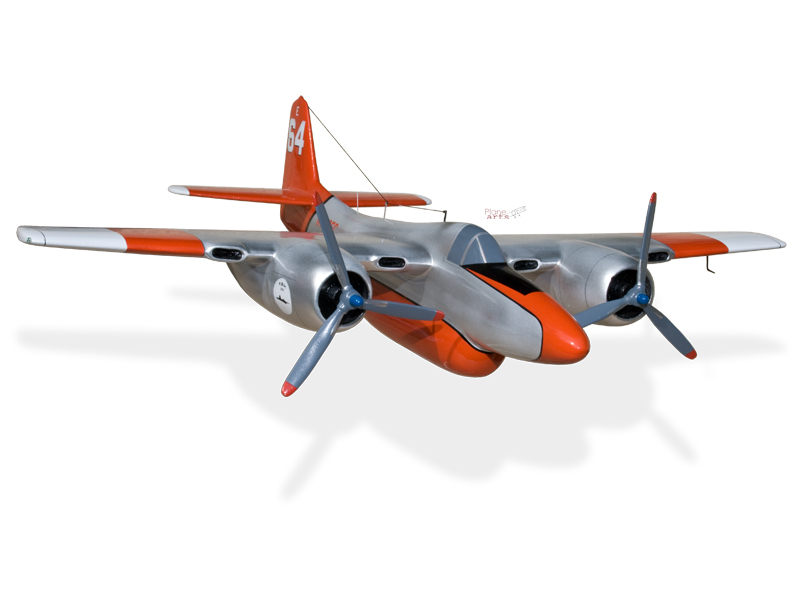
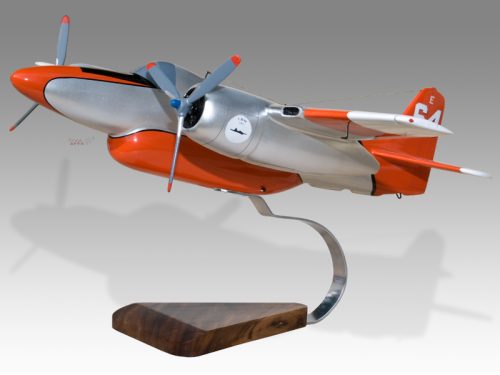
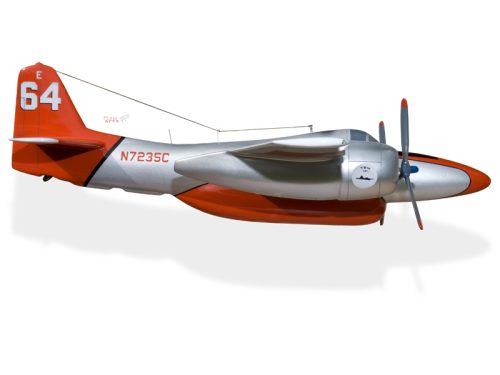

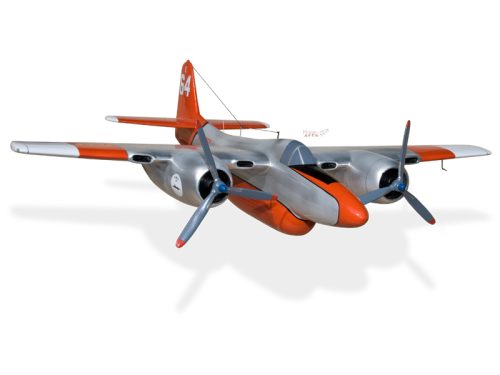


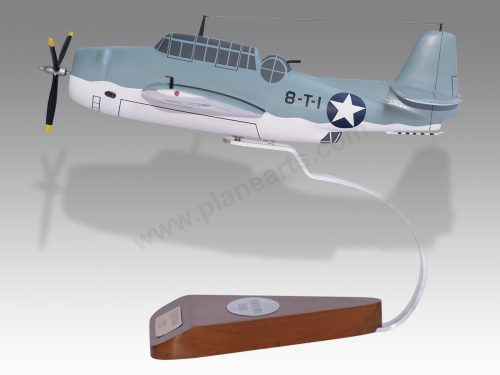
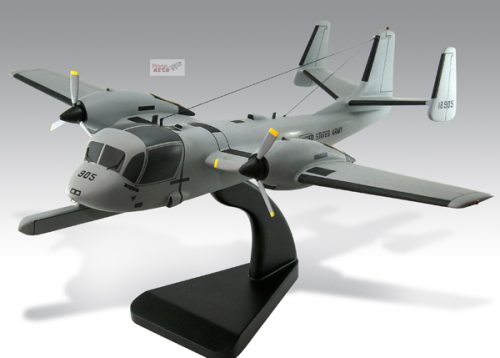
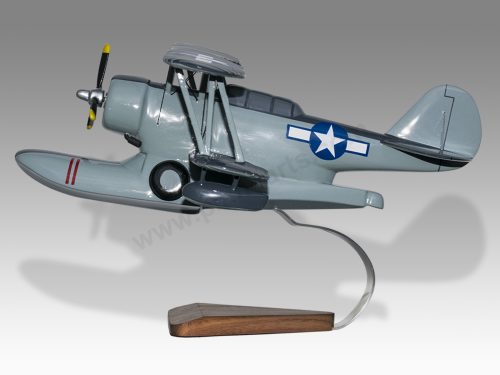
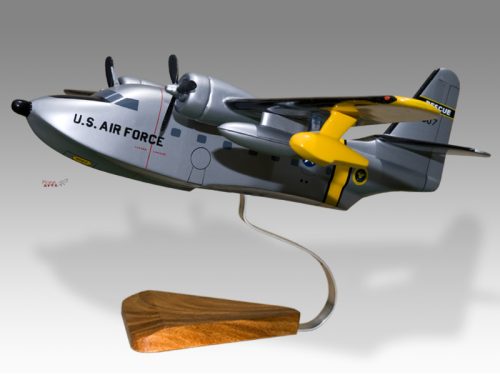
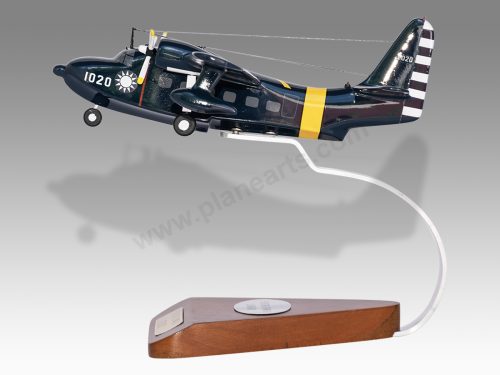
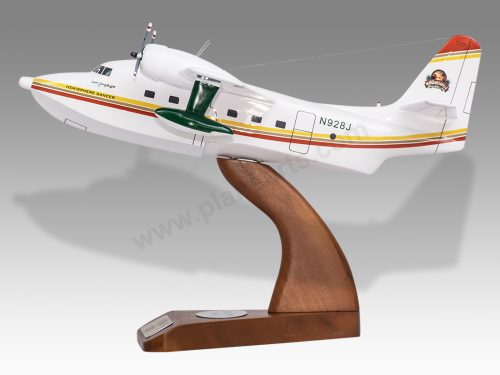
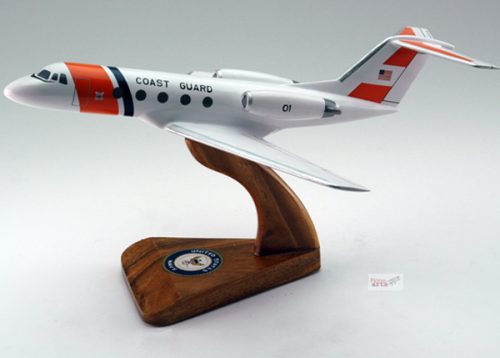
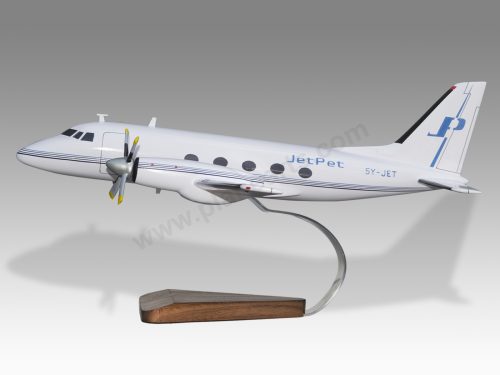
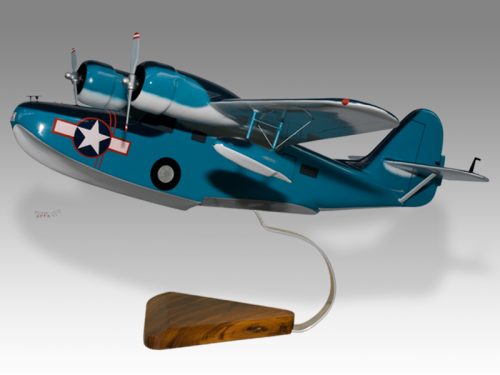
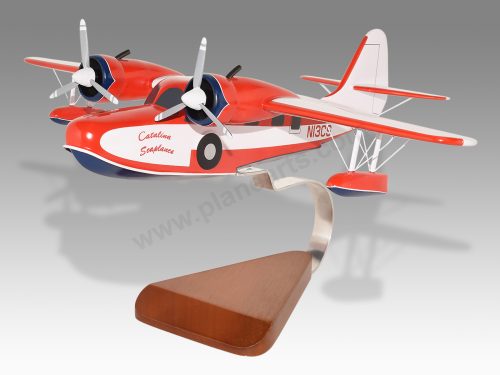
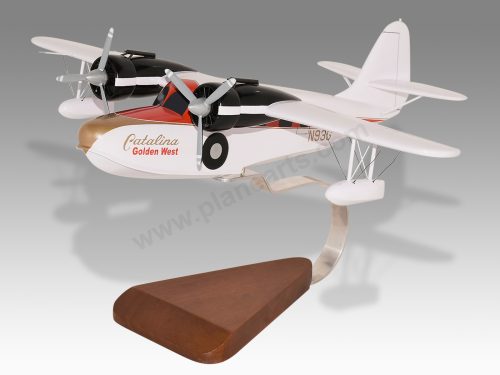
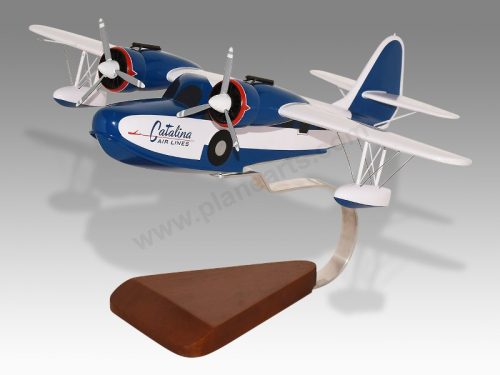
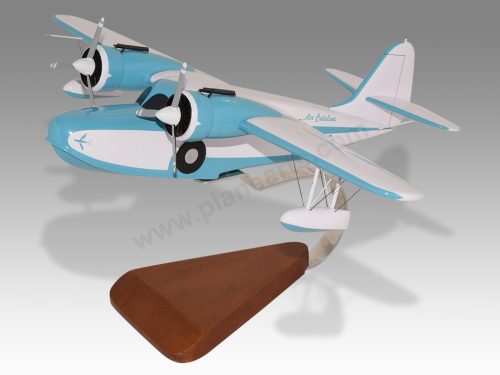
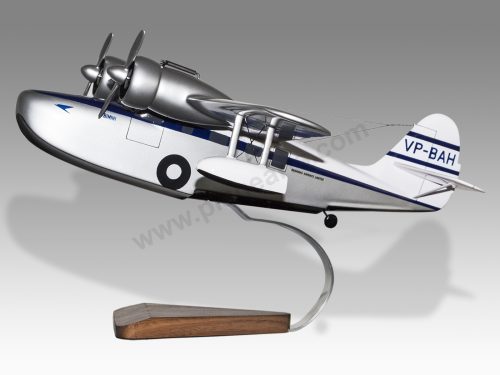
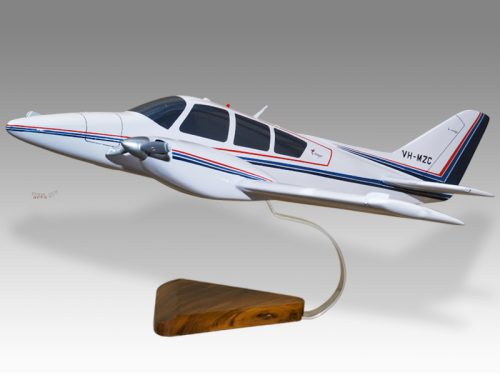
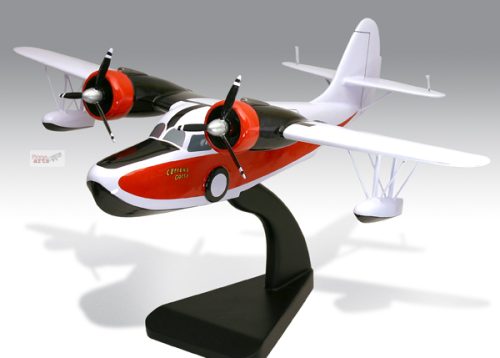
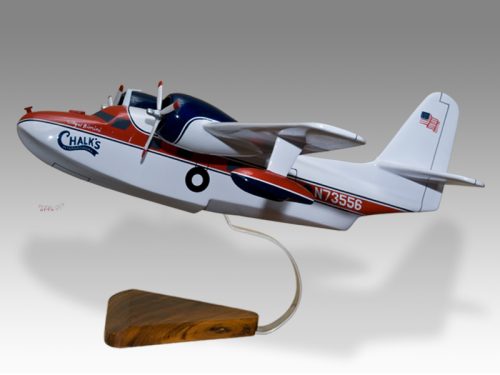
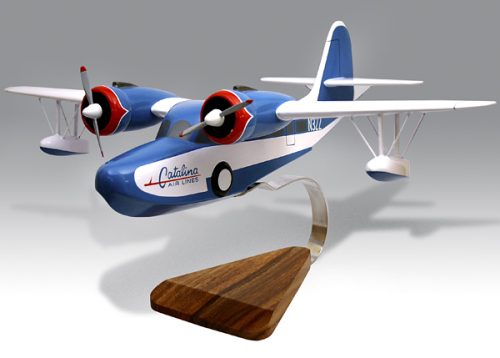

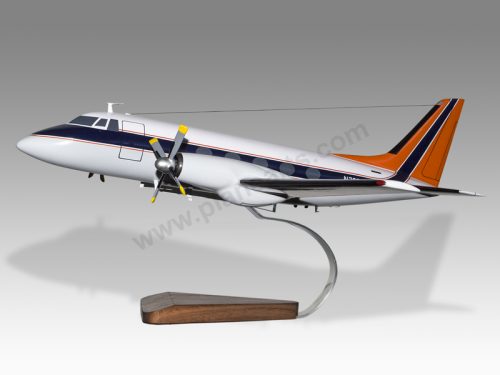


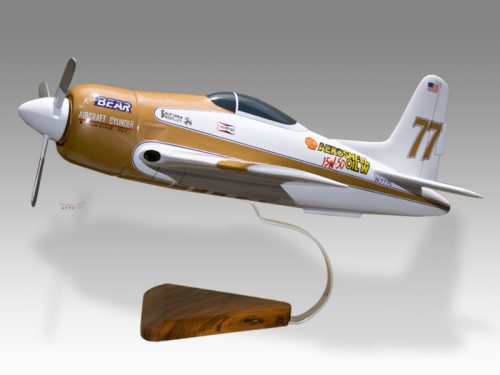
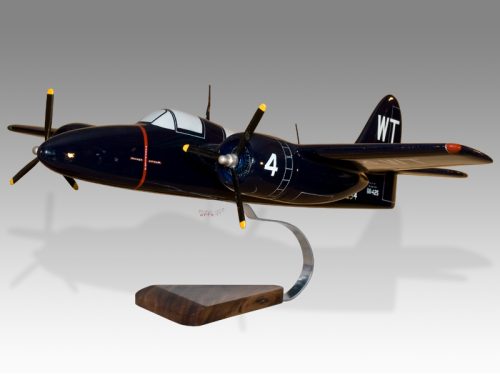


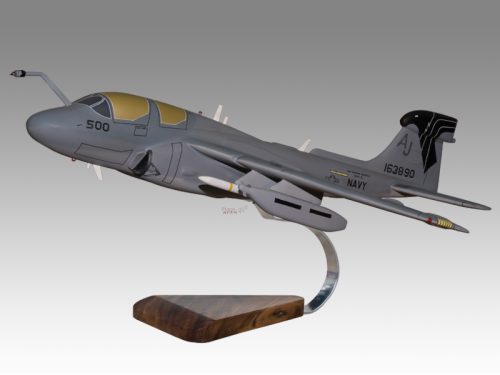
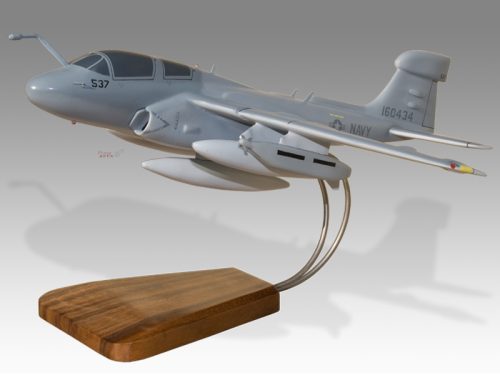
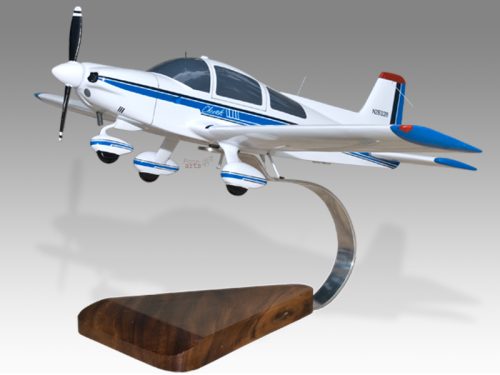
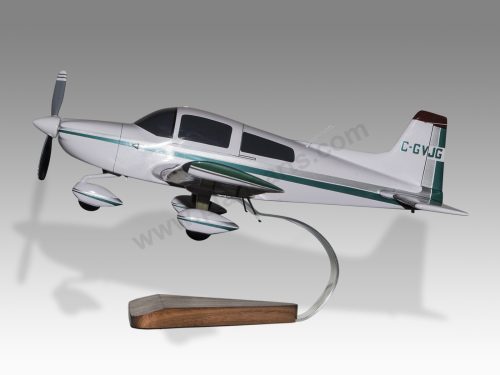
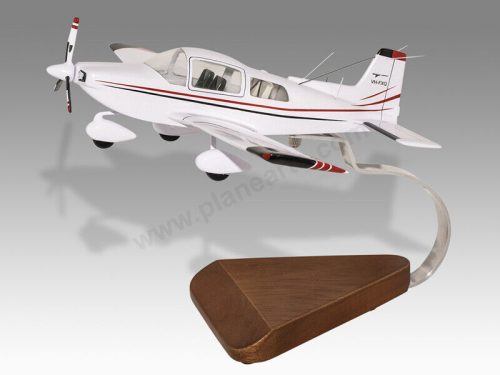
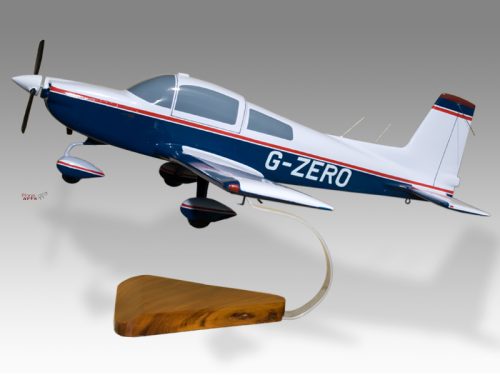
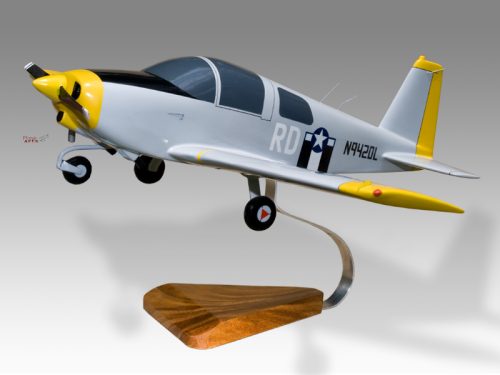
Reviews
There are no reviews yet.